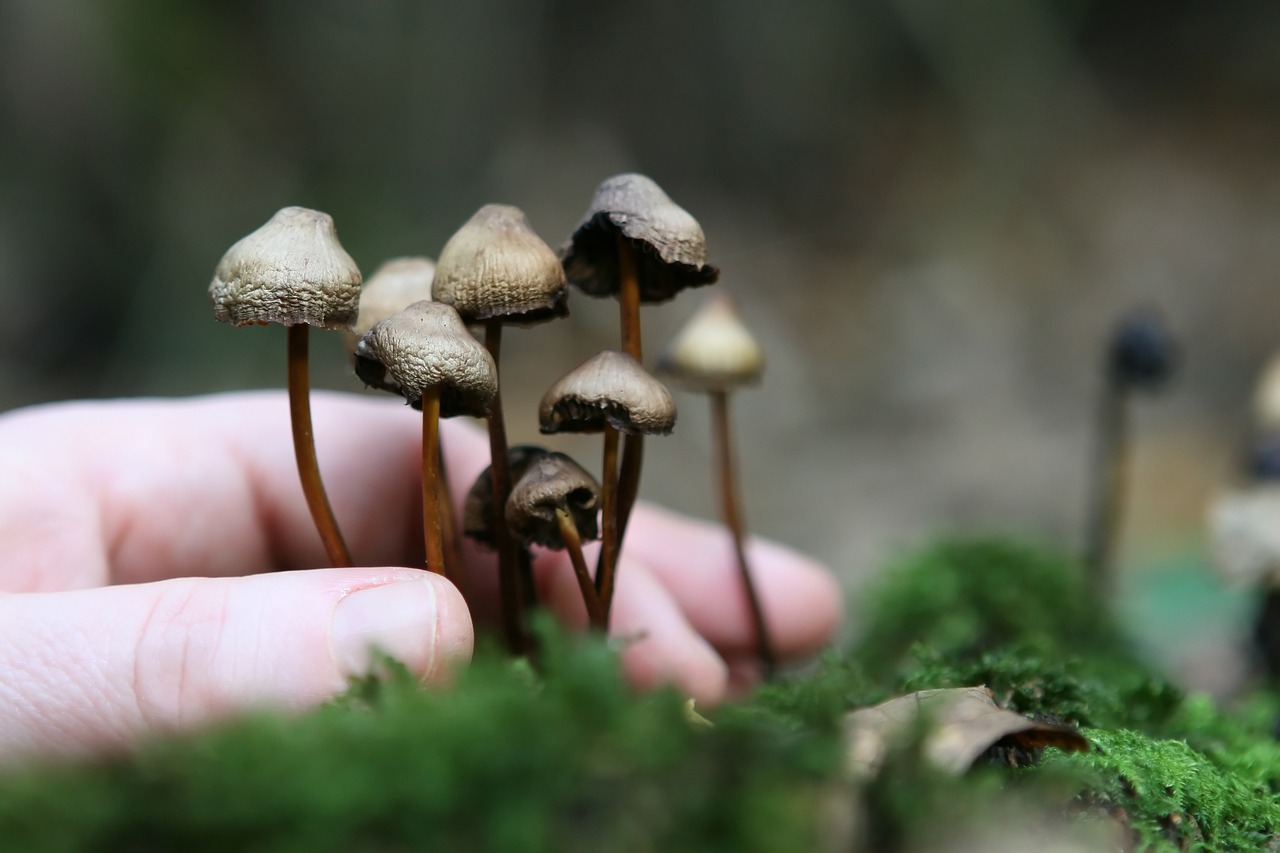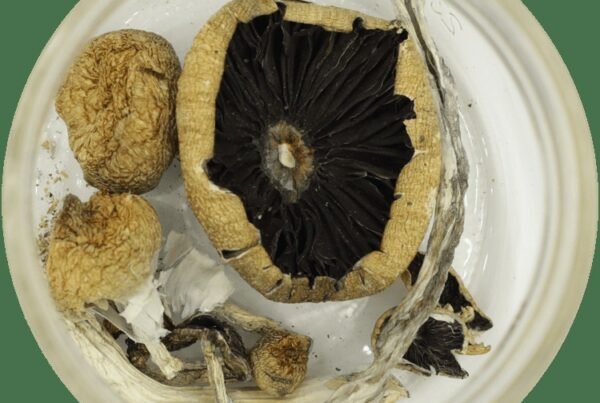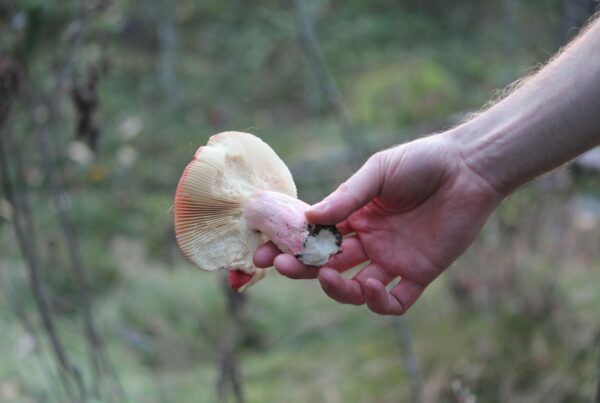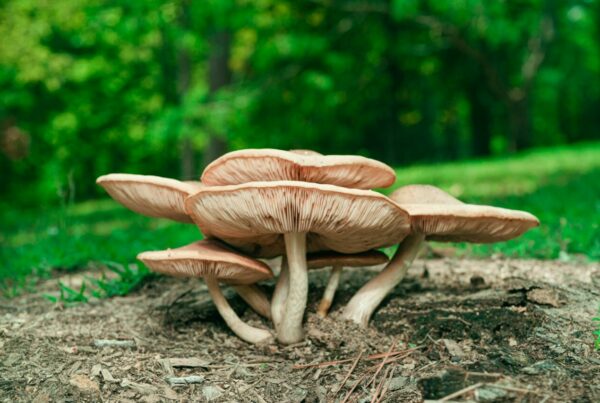Decoding Mycelium
Mycelium, the root structure of fungi, essentially serves as the digestive system for mushrooms. It hunts for nutrients, converts them into a digestible form for the fungus, thereby nourishing it. This process’s byproduct enriches the surrounding soil, supplying vital nutrients for other plants and forming a nutrient-rich biomass that is an excellent mulch for gardening.
Beyond their function in mushroom growth, mycelium networks play a critical role in the health and growth of numerous terrestrial plants, including trees. For example, tree roots enter a symbiotic exchange with fungi: the tree offers the fungus carbon in the form of sugars, and reciprocally, the fungus provides the tree with essential minerals like nitrogen and phosphorus. Learn more about this relationship here.
Fascinatingly, mycelium networks act as an underground communication network among plants, akin to the neural networks in our brains. Recent scientific studies suggest that plants and trees may have primitive nervous systems that fungi could potentially influence, impacting processes like communication, memory, and learning. Additionally, mycelium enhances soil health by breaking down decaying organic matter and neutralizing any pollutants present.
If you’re curious about cultivating magic mushrooms, understanding mycelium’s development is key. Although the cultivation process may appear daunting for novices, acquiring knowledge about mycelium is a significant first step. While you can always choose to buy mushrooms from Psychedelic Canada online, learning about mycelium can augment your cultivation journey.
The Development Stages of Mycelium
When fungal spores come across a growth-friendly environment, they kickstart the development of two mycelium types. The first type, known as primary or monokaryotic mycelium, is distinguished by the presence of a single nucleus in each cell and is typically not visible to the human eye. The second type, referred to as secondary or dikaryotic mycelium, is visible and houses two nuclei in each cell.
When fungal spores germinate, they form the initial, or primary, mycelium, which is also known as monokaryotic mycelium. Upon encountering another compatible monokaryotic mycelium, they can combine to create the second stage, known as dikaryotic mycelium. The secondary mycelium has the capability to produce mushrooms or sclerotia.
Types of Mycelia
There are three categories of mycelia, two of which are indicative of successful cultivation.
- Rhizomorphic mycelia, characterized by their string-like extensions, are easy to identify. Composed of units called hyphae, these mycelia first spread out and then send chemical signals back to the colony to indicate that the area ahead is suitable for nutrient provision. The rest of the mycelia then follow. The hyphae at the tip of the rhizomorphic mycelia release peroxidase to decompose the material in front of it for nourishment, and then extend over the material, distributing the nutrients throughout the colony. Rhizomorphic mycelia are favored by many cultivators due to their increased potential for mushroom production.
- Tomentose, or “Fluffy” mycelia, are remarkably similar to Rhizomorphic mycelia, but their strand arrangement is distinct. Even though the strands may not be instantly visible, they exist, clustered together to form a cotton-ball-like appearance. The development of either tomentose or rhizomorphic traits in your mycelia largely depends on the growth environment, and it is still under debate whether the type of mycelia affects the rate of growth or the yield.
- Aerial mycelia are formed when the growing conditions are not ideal. Under such circumstances, the mycelia tend to grow outward rather than spread across the medium or form a ball. Often misidentified as a bacterial infection, this type of mycelia can impede your mushroom cultivation, leading to smaller, weaker mushrooms. Aerial mycelia usually develop due to a lack of fresh air exchange and excessive humidity.
Mould or Mycelium?
It’s essential to distinguish between mould and mycelium. If you notice green, blue, grey, or black patches on or inside your fruiting box, it’s likely that your culture is contaminated. Discoloration is the main indicator. However, blue spots might simply be bruises.
Cobweb moulds are generally quite conspicuous. Rather than the bright The Mycelium typically appears greyish-white with a fluffy, fibrous texture. Although cobweb and green moulds do no harm to humans, they can deteriorate the health of your mushrooms.
Psychedelic Canada: Your Ultimate Guide to Mushrooms
Whenever you think about psychedelic mushrooms in Canada, remember Psychedelic Canada. Our continuous goal is to offer you insightful information for a safe and enriching mushroom journey.





